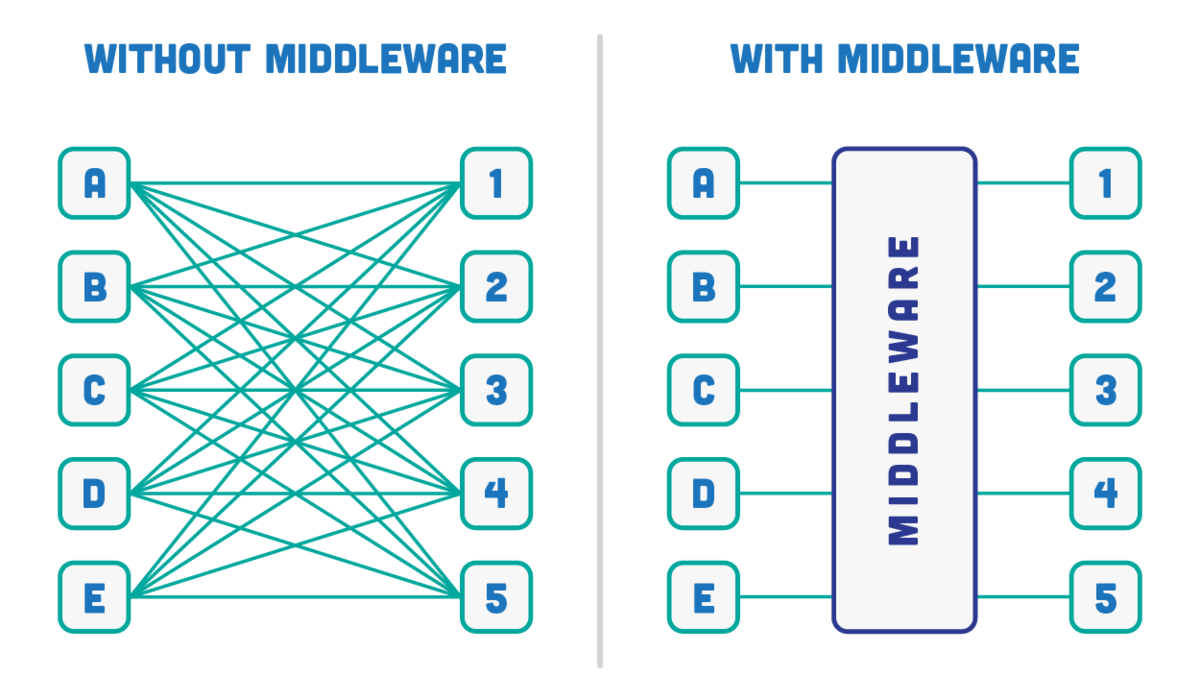Scaling Tours & Activities Businesses: Lessons Learned from the Hotel Industry
It is the year 2000, and I am sitting in the online travel agent lastminute.com’s London office. As a Junior Account Exec, just starting in my career, it was my daily job to manually upload hotel rates and inventory changes for all the properties lastminute.com worked with. Frantically tapping away at my keyboard, I had to enter room rate increases, decreases, and availability changes for the next three months for a 4-star hotel in London across four different room types for the fourth time that day. As soon as that update was complete, a new live update for a different hotel would come in, and my frantic updating started anew. Every day, each hotel sent 10 – 20 updates. With us managing daily updates for 1,800 London-area hotels, and 100 – 200 new hotel partners coming on board each week, I just knew there had to be a better way.
Soon, there was.
First came the self-service online extranet, a secure online portal that lastminute.com built for hotels to login and update their rates and availability themselves. Not only did this save us time and free-up internal resources to focus on other revenue-driving tasks, but discovered a surprising trend we didn’t anticipate at all: because through the self-service portal the hotels had direct access and control, suddenly they were more engaged, more competitively priced, and were able to increase their daily capacity by using our tool to sell more rooms in their softer periods. The uptick in this kind of incremental revenue more than offset the commission the hotels paid us for the bookings we brought them.
But there was still a problem: our competitors were also moving in this same direction. Other OTAs like ourselves were all building their own extranets, but each had their own systems and subtle differences which meant that a hotel now had to manage each extranet independently of the other. Having extranets themselves were a technical advancement, but however automated, the burden of daily management of all these systems now fell to the hotels. So one kind of solution – the extranet — created a different set of problems for the hotels: time and resource requirements.
The hotels didn’t have to contend with this challenge for too long, however. A new digital innovation introduced itself to the industry, and it changed everything. Called channel managers because they allowed hotels to literally manage their channels of sales, these independent, agnostic “middleware” solutions consolidated the connections between the hotels and their online travel agent and resellers through one single point of connectivity: the channel manager software. When these channel managers began offering self-service solutions with powerful automation added in, hotels could not only work with as many OTA resellers as they wished, but they could also do so as simply as making one update that populated and updated all channels at one time.

image source: http://blog.briteskies.com/blog/what-is-middleware-and-why-should-you-care
This new channel manager tool empowered hotels like never before. By managing all inventory centrally, hotels could work with over 200 resellers globally. The data they could extract from their channel manager tool gave them new insights, insights that allowed them to scale and grow their business even further. Through the channel manager, hotels could analyse where in the world their business was coming from, from which resellers, the quality of the guests these resellers were delivering, and what each guest from the respective reseller channels was willing to pay for their rooms. This data suddenly allowed hotels to revenue-manage into the future and look at actual booking demand rather than historical or backward-looking data. New rate plans and promotions were introduced which were effectively geographically-targeted marketing campaigns “paid for” by resellers doing their own marketing to drive their bookings.
Resellers are more important to hotels than ever in today’s highly-digitized world. Consumers no longer need a personal travel agent to book their rooms for them – they just go online, do their own research, and book through whatever means they prefer. While resellers represent between 30-40% of a city-based hotel’s total bookings, direct bookings for hotels has increased, too. Greater exposure to previously unknown or little-known hotels through the resellers’ marketing efforts, travel review sites, travel bloggers and vloggers (video bloggers), and the hotels’ own marketing efforts has leveled the playing field. The point is, in order to assure a booking in the Digital Age, the hotelier needs to be seen and bookable in as many places as possible in order to get the sale. They cannot rely on any single channel to be the sole driver of sales for them.
In our modern world, the technical landscape changes at such a rapid pace that it can be intimidating, especially when new technology is introduced to traditional businesses. The tours and activities industry is entering its own time of transformation and digitization. The tools and technologies that the hotel industry had to cut its teeth on first are now available to activities operators, and businesses large or small can take advantage of them. Operators don’t have to tread into uncharted territory, however. They can reduce their risk by looking at the lessons learned by the hotel industry’s evolution. They can adopt the very same strategies to scale and manage their sales channels and grow their businesses. These transformations are not a question of “if,” but of “when.” The question operators should be asking themselves is if they can afford to wait.

